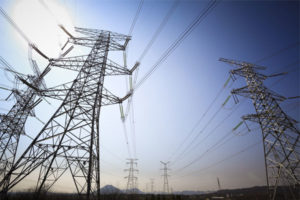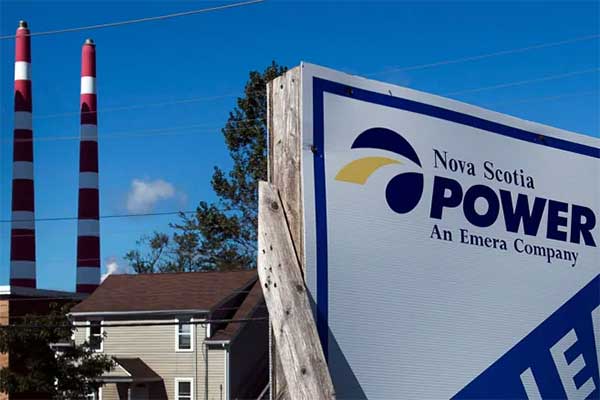- Is Nova Scotia Power Inc. doing enough to meet performance standards?
- A new $750,000 fine highlights pressing concerns about the utility's ability to cope with customer demands.
- A deep dive into the utility's ongoing struggles with reliability, weather challenges, and customer service expectations.
Nova Scotia Power Inc., the privately-owned electric utility of Nova Scotia, has been penalized $750,000 by the Nova Scotia Utility and Review Board for not meeting five out of 14 performance targets for 2022.
These targets were related to reliability, power restoration after severe weather, and service installations.
Despite increased investments in transmission and distribution infrastructure to cope with increasingly powerful and frequent storms, the utility failed to meet specific reliability targets every year since 2016, when the standards were first implemented. The board has previously fined the utility, with penalties escalating from $250,000 in 2020 to $375,000 in 2022.
The board has expressed concern that the utility’s non-compliance with performance standards is becoming a normal occurrence, criticizing it by saying, “Customers are entitled to receive an appropriate level of service for the rates and fees they are charged by the utility.”
Nova Scotia Power has attributed some of its failure to meet standards in 2022 to damages from post-tropical storm Fiona last September. While the board accepted some Fiona-related outage data, they still concluded that a penalty for 2022 was warranted, emphasizing that the challenges of climate change and adverse weather were not new.

Jeffrey A. Sward, Jackson Siff, Jiajun Gu, K. Max Zhang. Strategic planning for utility-scale solar photovoltaic development – Historical peak events revisited. (Applied Energy, 2019)
The board has also noted a failure in customer service, pointing out that even though the utility identified the need to increase staffing in 2019, it did not take sufficient action to avoid failing customer service targets. This criticism comes at a time when customer service expectations are growing in various sectors.
In response, Nova Scotia Power stated the damage from Fiona was unprecedented and that worsening weather is a reality in Nova Scotia. The utility has been investing $180 million annually to enhance reliability and is hiring more workers to keep pace with population growth. However, concerns persist, especially among small business advocates, about the utility’s ongoing inability to meet the standards.
Background Information:
Nova Scotia Power Inc. is a subsidiary of Halifax-based Emera Inc., and it is responsible for providing electricity to the people of Nova Scotia. With its parent company reporting $945 million in net income in 2022, the expectation for reliable service delivery is high.
In 2023, the Nova Scotia government introduced legislation to increase the maximum fine to $25 million, up from $1 million, signaling a desire to hold private utilities more accountable for outages and performance issues. This move might be a reaction to growing public discontent and could put additional pressure on Nova Scotia Power in the future.
Critical Perspective:

An electrical grid, or electric grid, is an interconnected network for delivering electricity from producers to consumers. It consists of. Generating stations that produce electrical power. High voltage transmission lines that carry power from distant sources to demand centers.
The ongoing failure of Nova Scotia Power to meet performance standards is alarming. While the impact of extreme weather is a valid concern, it is not a new phenomenon. The utility’s repeated non-compliance indicates a lack of effective strategic planning to handle such predictable challenges.
Moreover, the concerns related to customer service are troubling. The failure to take prompt action even after identifying staffing needs reflects a lack of commitment to delivering on promises.
Nova Scotia Power’s investments in infrastructure and staffing are commendable, but these need to translate into tangible improvements in service reliability and customer satisfaction. The recent legislative changes allowing for higher fines demonstrate that patience with the utility is wearing thin, both from regulators and the public.
The case of Nova Scotia Power should serve as a cautionary tale to other utilities and regulated industries. Meeting regulatory standards is not merely about compliance; it’s about ensuring public trust and confidence in essential services. Nova Scotia Power must do better, and the public will be watching.










Comments